Teen Services 101: What Do Teens Want from Public Libraries?
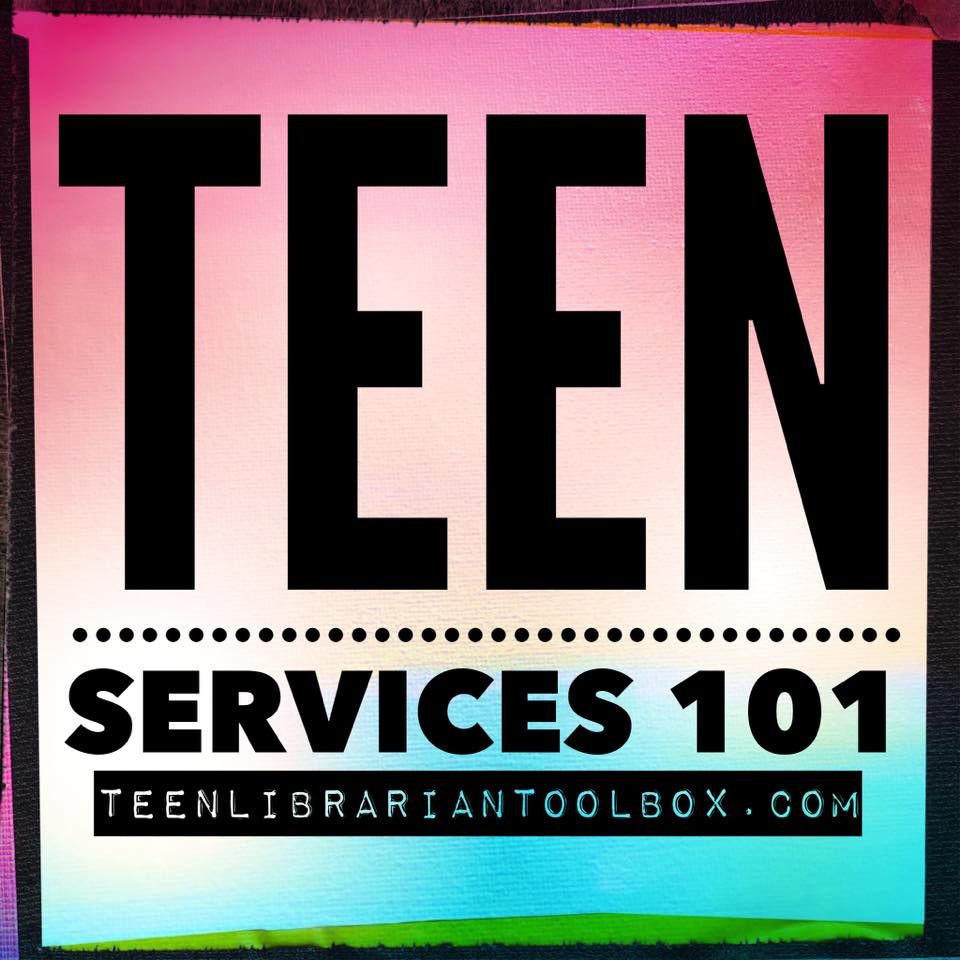
So we’re still diving deep into our look at Teen Services 101. I’ll put a complete listing of all the posts today at the bottom of this post today. So far we’ve outlined what the components of a comprehensive teen services plan should include and on Monday we looked at understanding some basics of teens through things like statistics, brain development and the 40 Developmental Assets. Today we’re going to ask ourselves a very important question as we think about serving teens: what is it that teens want from a public library?
Space
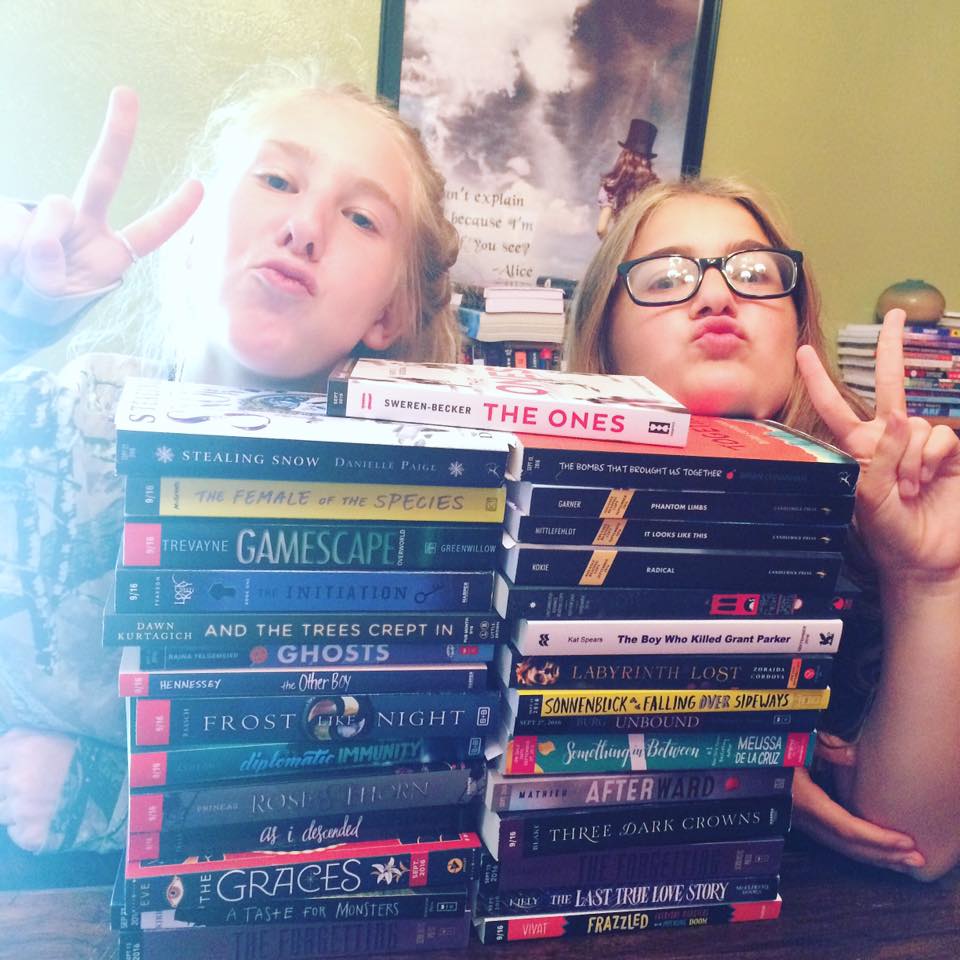
It’s a Monday afternoon and a teen has just walked into your library, but what is it they’re looking for? Most teens just want a space to hang out with friends (remember, teens tend to be socially oriented) and to decompress. They want a space without a lot of rules and oversight, in large part because they’ve just come from an 8-hour school day in which they’ve been very regimented and many of them will be going home to more rules and demands on their time. There is a short period of time in a teen’s day where they can have a moment to relax, catch their breath, and have more control over their time and it is in these moments that teens walk into our public libraries. So in this space our teens are looking for a space to have more independence and autonomy.
ADVERTISEMENT
ADVERTISEMENT
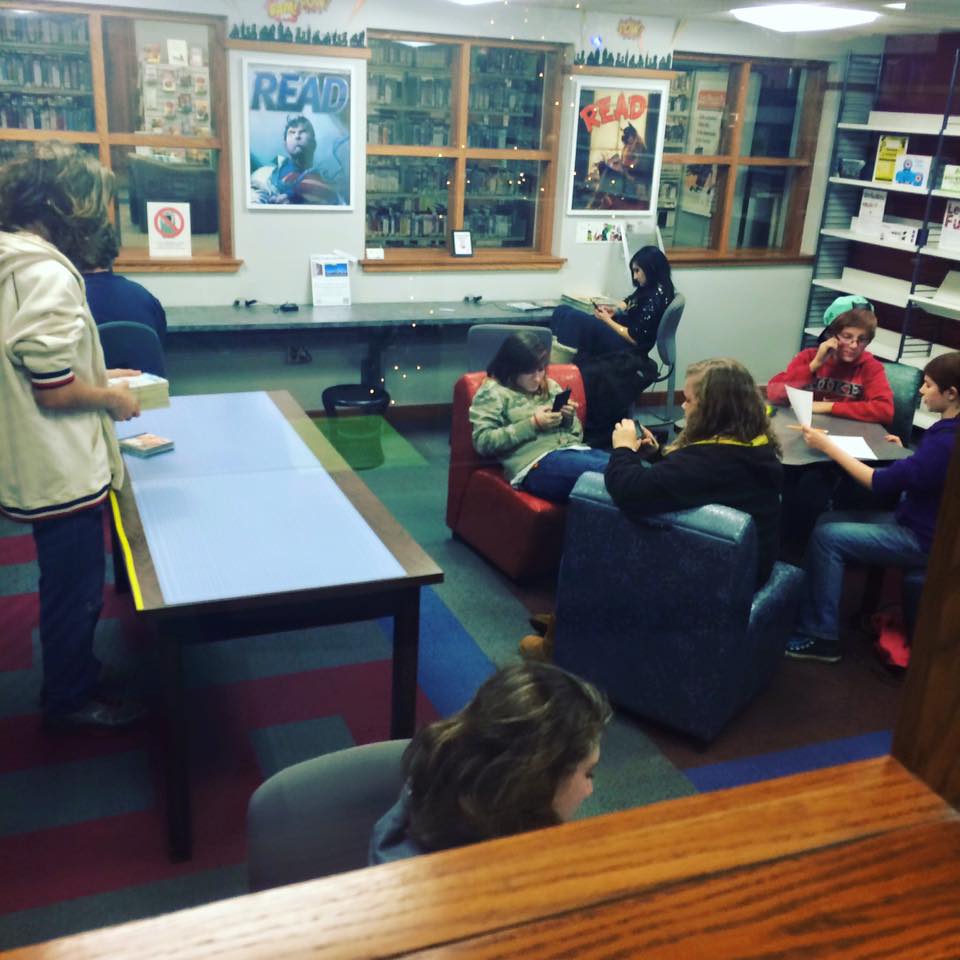
How Public Libraries Offer Teens Space to be Themselves
Creating Spaces Where Teens Can Thrive
What should this space look like? There is a lot of great information out there. Many libraries don’t have large budgets for fancy decorations like neon signs and a wall of video games (which I agree can be nice), so I would argue that location and feel is more important than glitz and glamour. I’ve spent enough time with teens to know that they like to talk openly so location especially is important. You don’t want them too near children or adults because we don’t want to overly police teen conversations and we want to give them space to talk about the things they want – and need – to talk about without worrying about a parent complaining because their child just overheard the F word.
At the end of the day I would argue that a teen space should be inviting, should be removed enough to allow teens the space to authentically be themselves but not so far removed that there is no line of sight or an adult working a desk nearby, and that it should communicate to our teens that we value them and this unique stage of life that they are in.
Access
Libraries are in the business of providing access, and that is definitely something that teens want and need from public libraries. They want and need access to books, information, a variety of resources and technology. Just like any other patron, each teen is unique and what they want and are looking for may vary, so we need to make sure that we have a wide variety of resources available specifically for teens. If you have a teen area, try to have access to the Internet in that space, for example.
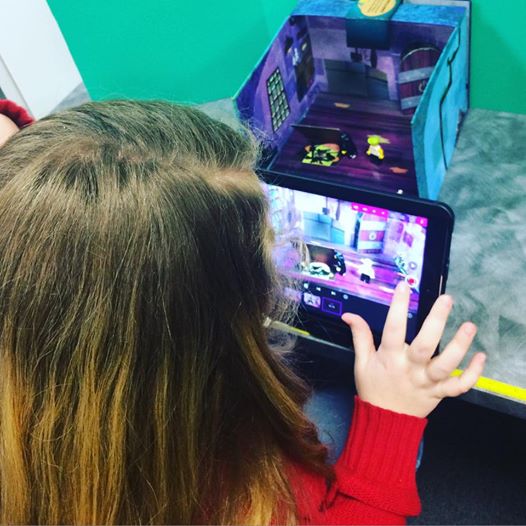
Think about the various tools and resources that your teens are talking about and see if providing access to those in your teen space fit within your mission, space and budget. Think about things like basic school and craft supplies to help those unprepared teens finish up last minute projects. Board and video games can be very expensive, which means that providing access can help close some gaps. We can’t provide access to everything, we do have a very specific mission and limited space and budgets, but what we do provide access to can go beyond books and computers if we think creatively and with an attitude of service.
Freedom
I touched on this above, but most teens just want a moment of freedom to be themselves and take control over their time. I have found, for example, that my most successful programs have been those programs where teens have choices in what they do as opposed to having an adult tell them what they are going to do. So instead of saying come to the library on Monday at 6:00 PM where we will do this one specific craft activity, I try and offer say five craft activities so that the teen has more freedom to choose what they are going to do. That freedom to engage in self-directed behaviors has made all of the difference I have found. Teens just want a space where they get to decide what they are going to do and how they are going to spend their time. In as many ways as possible, organize your teen services around the idea of freedom and choice.
Guidance
Although it may seem that the idea of providing guidance may contradict the need for freedom I just talked about above, I have found that teens value and crave some basic guidance. The caveat is that it must be consistently applied to all patrons at all times. Teens are still trying to figure out how to navigate life situations and a little bit of guidance can really help. There is nothing more stressful than going into a space and having no idea how to navigate that space. Signage, acceptable behavior policies and a friendly face can make all the difference.
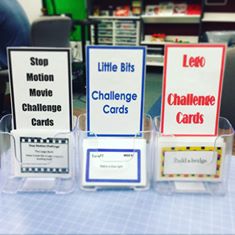
ADVERTISEMENT
ADVERTISEMENT
In addition, I have found that on occasion teens like very specific guidelines on things like how to do a craft or an activity. They like examples and instructions and clearly stated end goals. I used to just put out Legos, for example, and tell teens to build things. I learned that some teens need more guidance then that and will ask, what should I build? So I started using things like challenge cards or a daily Lego challenge that gave teens a specific goal to work towards.
When we talk about guidance we can’t over look the idea that teens do want and need meaningful adults in their lives and within appropriate professional boundaries library staff can be those adults in the lives of our teens. We can be mentors and advocates and help guide teens in the process of learning how to be library users and supporters. Guidance doesn’t always have to be rules and signs, sometimes it’s a listening ear that values and respects you.
Respect
At the end of the day the one thing that all people want is to walk through this world and be respected. This is true of our teen patrons. For me, one of the most frustrating parts of working with teens in our public libraries is realizing how many staff members – how many adults – in our world have outright animosity for teens. It’s always fascinating to me because over the course of 26 years my most difficult, my most terrifying, and my most negative patron interactions have always been with adults. But we live in a society that holds tremendous prejudice against teenagers and against normal adolescent development. I believe part of our job is to help confront that bias in our staff and to make sure that all of our patrons are receiving amazing customer service.
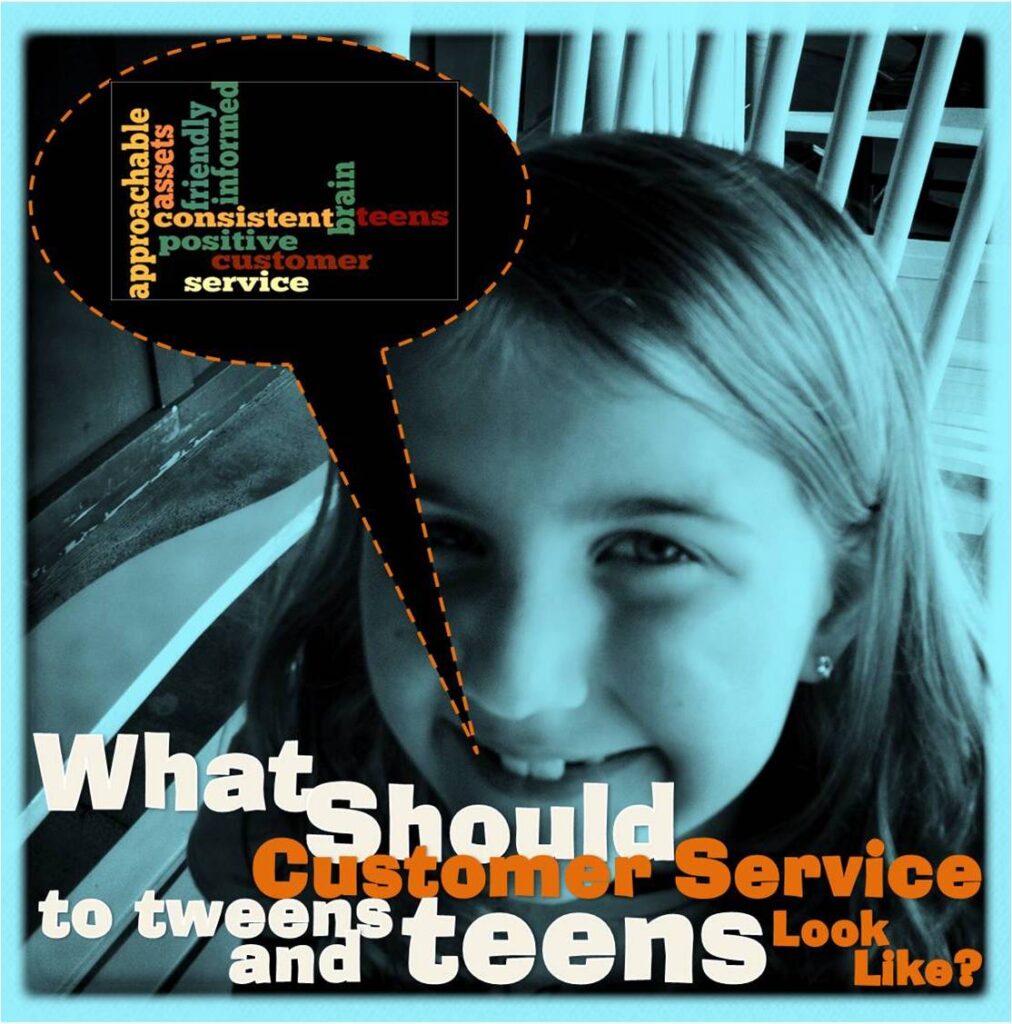
The single most important thing that must occur in our libraries is that our patrons, including our teen patrons, must walk out of our buildings having had a positive experience. If we want them to come back we must do everything in our power to make sure that they have a positive experience. Creating a culture of respect for teenagers is one of the most important things we can do in our libraries if we want to retain them as library users.
I’m just getting started, what do I need to be successful?
Foundations: Understanding Teens Today
Filed under: Uncategorized
About Karen Jensen, MLS
Karen Jensen has been a Teen Services Librarian for almost 32 years. She created TLT in 2011 and is the co-editor of The Whole Library Handbook: Teen Services with Heather Booth (ALA Editions, 2014).
ADVERTISEMENT
ADVERTISEMENT
SLJ Blog Network
Books on Film: GUESS HOW MUCH for This Picture Book
Publisher Preview: Enchanted Lion (Spring 2025)
Mr. Muffins Defender of the Stars | This Week’s Comics
Heavy Medal Mock Newbery Reader’s Poll
When Book Bans are a Form of Discrimination, What is the Path to Justice?
Our 2025 Preview Episode!
ADVERTISEMENT








Question about teen space and what is “allowed.” My library just got our very first enclosed teen space with my desk being located within the teen room. In the past, when the teens were in with the rest of the library, staff often asked them to quiet down, asked them not to use foul language, etc. since other patrons were in earshot. With an enclosed teen space, do you ever comment on foul language? Or, if someone says things like “that’s gay.” Do you ever police language, or let them be?
I do on occasion comment on language. For example, I always ask people not to use “gay” as an insult or other language that is actively harmful to my patrons. I frequently challenge racist, sexist, ableist, classist language. I also don’t allow joking about mental health issues or sexual assault. I would probably pretend not to hear the occasional use of the F word, but would remind teens they are in a public space if language was an issue and possibly making others uncomfortable. I think learning how to be in a shared, public space and being respectful of the people around you is a valuable skill so I don’t have a problem with some redirection.
I’ve recently become a “Youth Technician” (aka youth librarian assistant) at my local public library. What I’m finding is that what the teens in our low-income area WANT is to play x-box and switch and eat snacks all day. The most popular games are competitive first-person shooters such as Fortnite and Call of Duty, and sometimes violently explicit games like Mortal Kombat. And when I say all day, I mean ALL DAY. In the summer 10am-9pm. Even when there is another craft or performance program offered, they’d rather stay in the computer lab/youth center and play video games. This is what they WANT, and this is what brings them in, but I can’t help but wonder: does this really SERVE them? P.S. I’ve also noticed this is mostly the boys–the few girls who come in are more interested in playing Roblox games together, just hanging out, listening to music, watching YouTube videos, and/or trying out whatever craft we have out. While a few of our teen users occasionally check out books, the vast majority don’t. I’d estimate half don’t even have library cards and resist encouragement to get one. Do you think it’s appropriate to limit access to the X-Box during certain times/days to encourage the teens and tweens to try different activities?